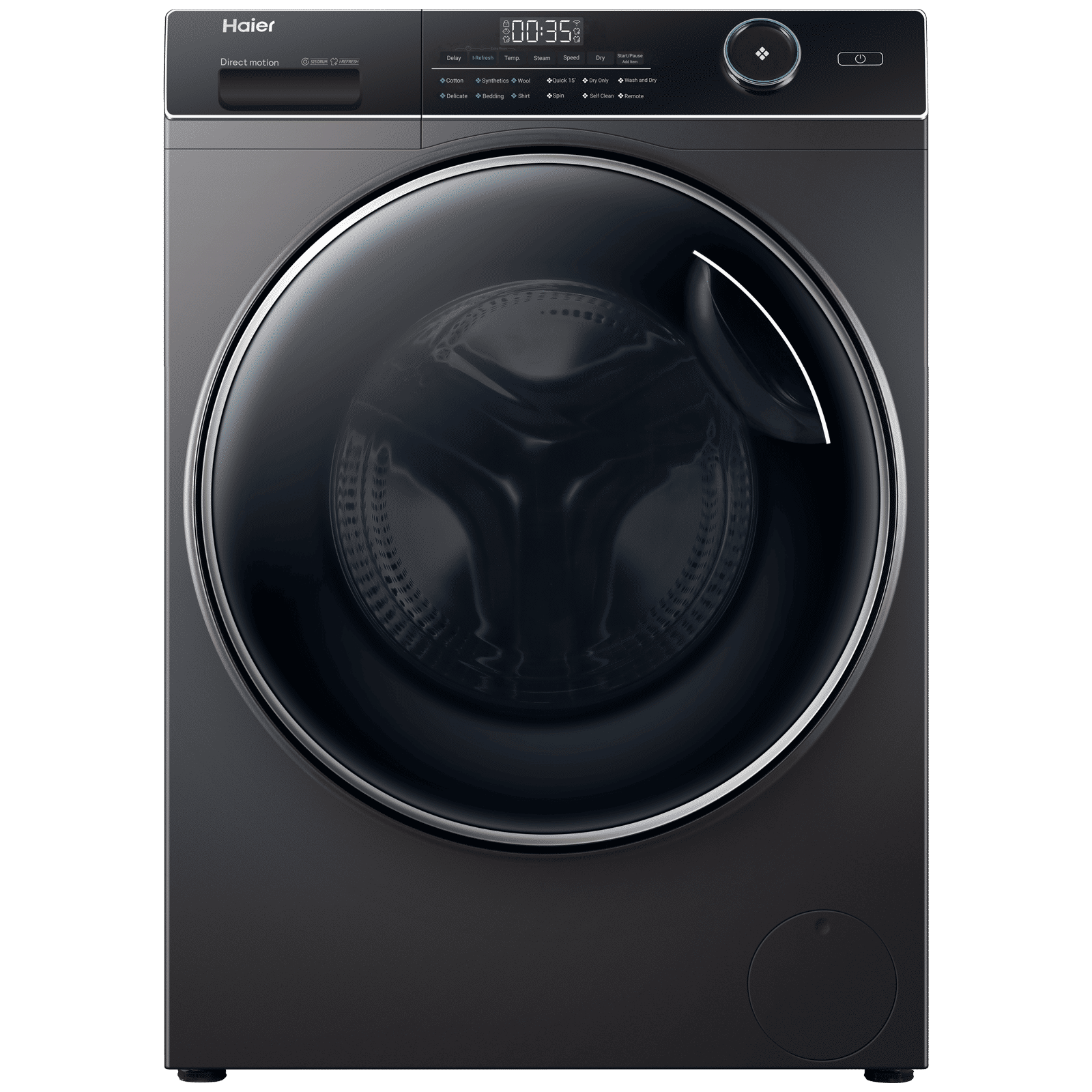If you’ve used your washing machine for long enough, you may notice a difference in how well it cleans. Perhaps it is not cleaning your garments as thoroughly, or the smell of freshly washed clothing seems to be unpleasant. If you have any problems or others along the lines of these, it may be time to give your machine a deep clean. Wondering where to begin this process? We have some steps listed out for you.
What is deep cleaning?
As the name implies, deep cleaning involves thoroughly cleaning your washing machine, especially the inside areas that are only sometimes simple to access. These parts or components are where dirt or mould may gather over time, making washing clothes increasingly ineffective.
However, it is crucial to understand the components before thoroughly cleaning your equipment. These could be changed or situated in a different location depending on the type of washing machine you have. However, regardless of whether you have a semi-automatic or fully automatic washing machine, a few important areas must always be cleaned.
Benefits of deep cleaning your washing machine
1. Longer machine lifespan: Deep cleaning removes dirt and mineral deposits that deposit over time on the various washing machine parts. This may increase its longevity, saving you money on future repairs and replacements.
2. Energy efficiency: The machine needs less energy to heat water and run cycles when parts like the drum and pipes are clear of trash, which lowers energy costs.
ALSO READ: 6 ways to keep your washing machine squeaky clean this monsoon
3. Reduces allergens: For people who suffer from allergies, a filthy washing machine can end up accumulating allergens, which include pet dander and dust mites. Deep cleaning can help remove particles, making laundry safer for you.
4. Environmental benefits: Less water and energy are used when a washing machine is operating efficiently. Maintaining clean equipment helps to create a more sustainable environment.
How to start deep cleaning your washing machine
We’ve listed out components you can start if you’re looking to deep clean your washing machine. Here’s where you can begin:
1. Drum
i. Start by wiping the interior of the washing machine drum with vinegar and water solution before performing a thorough cleaning.
ii. Then, in an empty machine, start a hot water cycle with baking soda.
ALSO READ: How often should you clean your washing machine?
iii. Use a scrub brush or towel for tough dirt.
iv. Regular cleaning keeps the machine’s effectiveness high and helps prevent smells.
2. Outside body
i. Ensure you have your washing machine unplugged before deep cleaning the exterior.
ii. Apply water and mild detergent mixture to the outside surfaces, including the door and control panel.
iii. A solution of baking soda and water can work wonders for tough stains.
iv. Remember also to clean the rubber door seal.
v. Before re-plugging the machine, carefully dry the entire area.
3. Pump filter
i. Find the filter, typically hidden behind a little door at the bottom of the machine, and thoroughly clean it.
ii. Place a towel under the filter area to wipe off any water spillage.
iii. Open the filter cap to let any water out, which could be clogging the drain.
iv. Clear the filter of dust and lint, rinse it, and reattach it before putting the lid back on.
4. Inlet and outlet pipes
i. Start by shutting off the water supply and unplugging the washer to clean the intake and outlet pipes thoroughly.
ii. Carefully detach the pipes, then soak them in vinegar and water to remove the mineral buildup.
ALSO READ: How to clean your washing machine drum?
iii. Scrub any leftover material away gently with a pipe brush.
iv. Rinse the pipes thoroughly, reattach them, and ensure a secure fit before restoring water and power.
Deep cleaning your washing machine is crucial to keeping it operating properly. The right cleaning techniques ensure a longer device lifespan and cleaner laundry outcomes. And if you’re worried you may not have the technical know-how for the same, consider investing in Croma’s Zipcare Maintain AMC plan for washing machines.
Priced at Rs 999, it includes two preventive maintenance services over a 12 month period. The service includes function checks of the control panel, deep cleaning of the rubber gasket, filters, detergent holders, and drain pipe, identification of issues like cracks in the water hose, as well as cleaning of the area around and under the washing machine. This ensures a hassle-free ownership experience with your washing machine.
Unleash your inner geek with Croma Unboxed
Subscribe now to stay ahead with the latest articles and updates
You are almost there
Enter your details to subscribe

Happiness unboxed!
Thank you for subscribing to our blog.
Disclaimer: This post as well as the layout and design on this website are protected under Indian intellectual property laws, including the Copyright Act, 1957 and the Trade Marks Act, 1999 and is the property of Infiniti Retail Limited (Croma). Using, copying (in full or in part), adapting or altering this post or any other material from Croma’s website is expressly prohibited without prior written permission from Croma. For permission to use the content on the Croma’s website, please connect on contactunboxed@croma.com
- Related articles
- Popular articles















Deepak Kumar Jangid Suthar
Good 👍